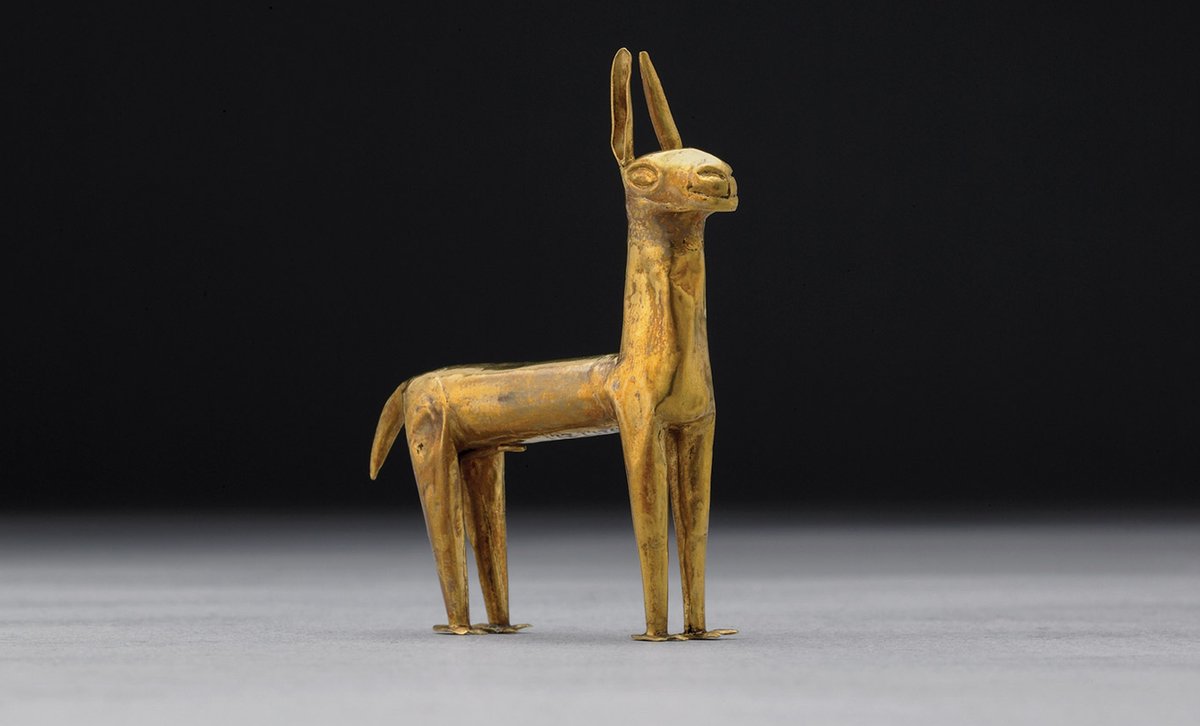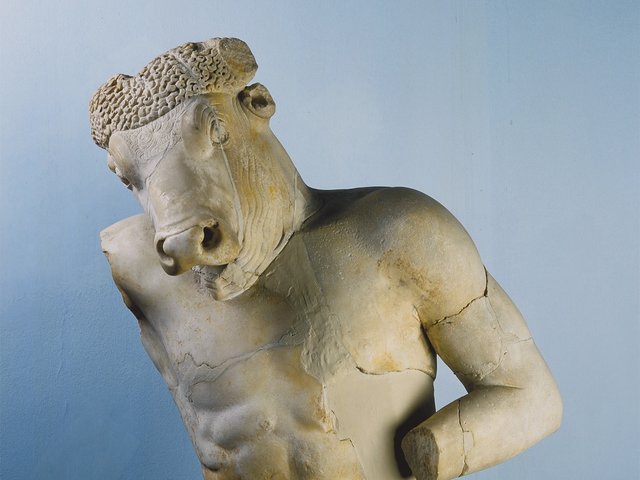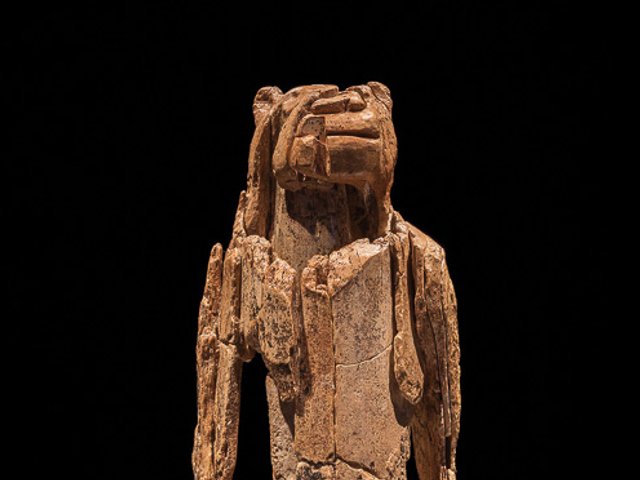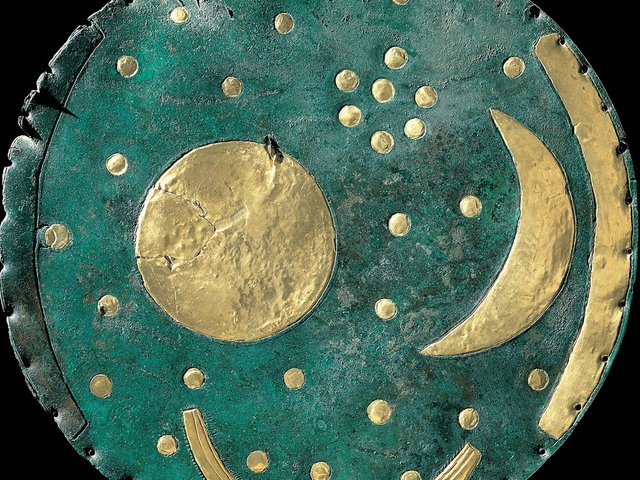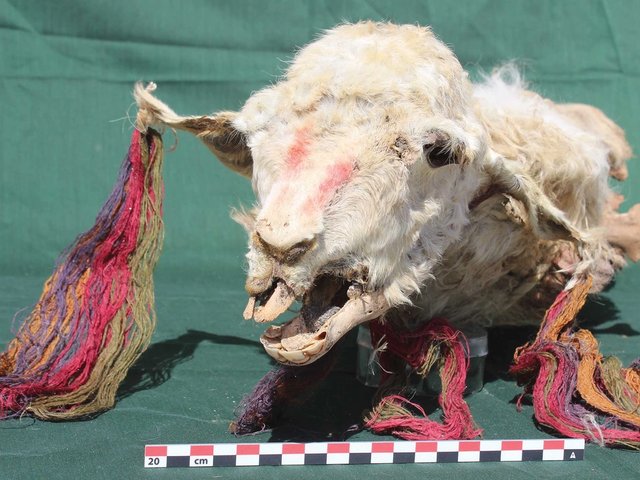When the Spanish conquistadors encountered objects such as the golden llama, a diminutive highlight of the British Museum’s Peru exhibition, they saw only the glitter of gold, not the culture or craft. European contempt for a civilisation far older than their own, dismissed as primitive in its use of tools, technology and written language, will be a central theme of an exhibition uniting artefacts from Bloomsbury with treasures from nine museums across Peru. Objects travelling abroad for the first time include textiles, pottery, and some of the rare gold pieces that the Spanish did not melt down and ship home.
The Inca empire the Spanish encountered and destroyed beginning in 1532 was only the last of millennia of sophisticated cultures, including the Moche, who were producing ceramics unrivalled in the world 2,000 years ago. The oldest object in the exhibition will be a vessel formed as a contorted human body, dating from around 1500BC.
The saddest offerings were children reared to be abandoned on icy mountains
The exhibition will not flinch from the darkest aspect of the culture: the torrents of blood shed in animal and human sacrifice. Many victims were captured in war, but the saddest and most valuable offerings were the children reared to be bound and abandoned to freeze on top of an icy mountain. The llama is believed to be a ritual offering to the gods—but it may well have been one of those found with the little mummified corpses.
The exhibition marks the 200th anniversary of Peru’s independence—but could also be seen as an apology for a remark made in 1860 by Augustus Wollaston Franks, the museum’s keeper of the non-western collection. Of a group of Peruvian objects stowed in the basement, he said: “I do not think it any great loss that they are not better placed than they are.”
• Peru: A Journey in Time, British Museum, London, 11 November-20 February 2022


